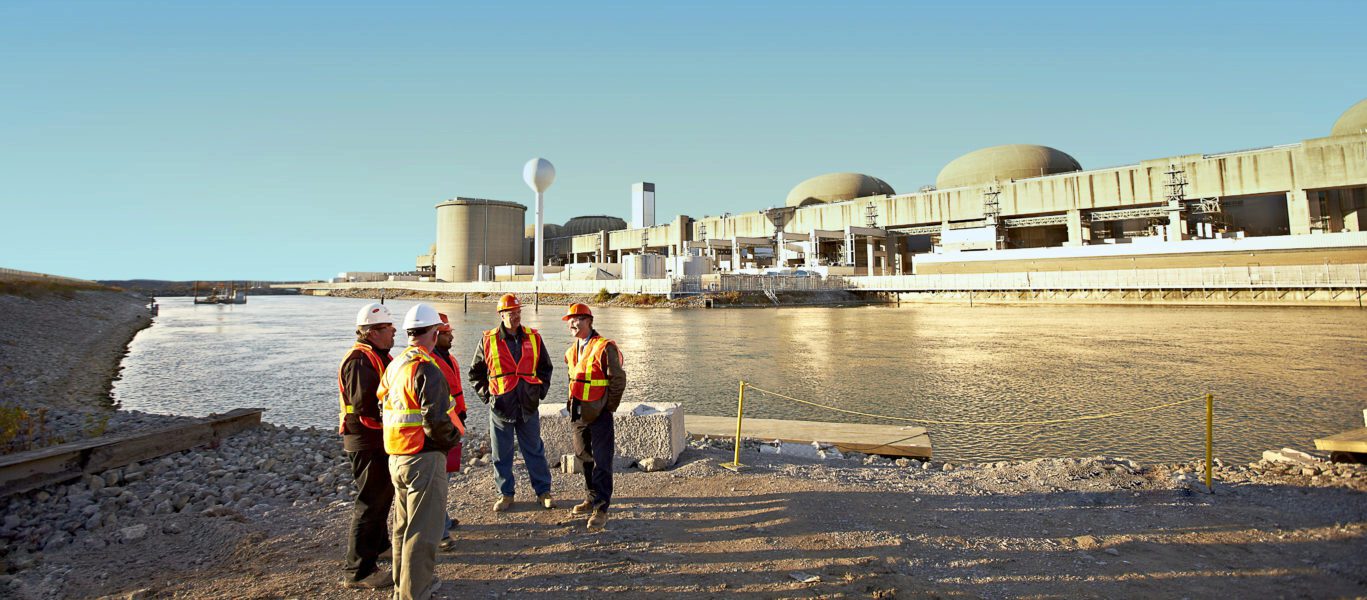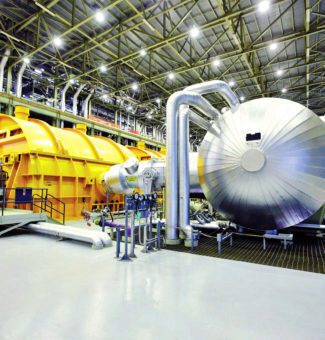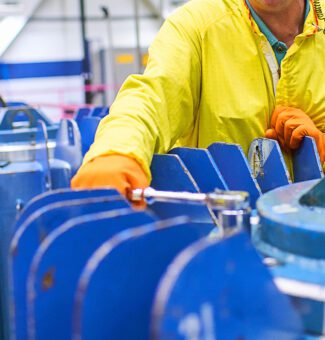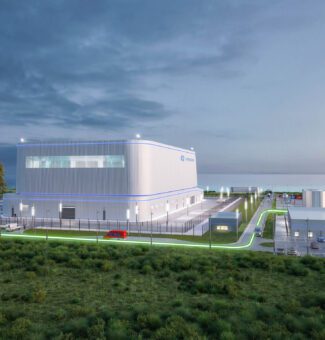Nuclear power: how it works
Nuclear energy is one of Canada’s safest and most-efficient energy sources. It produces clean, baseload power 24/7/365, and its extensive use in Ontario is why our electricity system is 96% free of smog and carbon emissions.
Learn how nuclear works and how it benefits Ontarians.
Nuclear: The core of Ontario’s power
Learn how nuclear power works – it may surprise you.
Understanding nuclear
Like traditional power-generating equipment, nuclear reactors produce heat to convert water into steam, which then spins a turbine and turns a generator that creates electricity.
The main difference is that nuclear reactors produce heat by splitting uranium atoms.
Instead of coal, oil or natural gas, Canadian nuclear reactors use natural uranium for fuel.
But contrary to popular belief, the uranium is not burned. Uranium atoms make heat by splitting. This process is known as fission.
Did you know?
Refurbishing Darlington Nuclear will extend production capacity by 30 years, and is Canada’s largest clean energy project.
Subscribe and stay informed
Sign up to receive the latest news, project updates, and event information from OPG.



